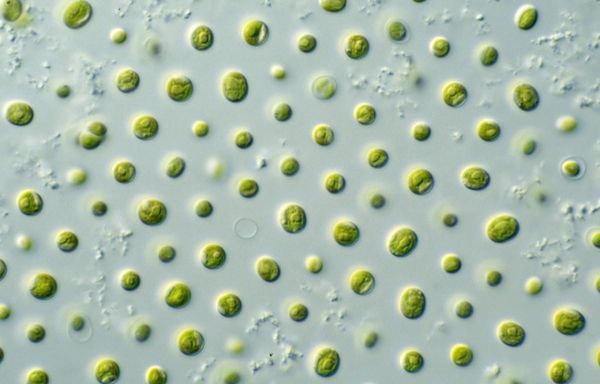
In 2014, I predicted “Desert Greening the Next Big Thing”,[1] would be led by green investors. I’m still waiting for this shift from humanity’s single minded focus on traditional agricultural crops (glycophytes) relying on the planet’s three percent of fresh water. Why so little shift to more sustainable, nutrient-richer, salt loving (halophyte) plant foods, such as quinoa? Because vested interests in the vast incumbent global agro-chemical industrial complex are as powerful and persistent as those in the worldwide fossilized sectors. Corporations like Cargill and ConAgra dominate, along with agro-chemical giants Monsanto, Syngenta, Bayer, BASF, and DowDupont, selling fertilizers, herbicides, insecticides, fungicides and genetically-modified seeds, as well as those selling farm machinery, Deere, Caterpillar, Yamaha and their thousands of dealers around the world.
>> Read the Full Article
REDD+ (Reducing emissions from deforestation and forest degradation) is an UN-led programme aiming to increase carbon sequestration in tropical forests. REDD+ is included among technologies for negative emissions, which stand for a large share of the emission reductions in the climate models internationally agreed on to keep global warming below 2°C. But increasing forest cover in developing counties can threaten other values, as shown in this new study. In southern Ethiopia the tree heather heathlands above the treeline are regularly burnt in order to improve livestock pasture, a practice that authorities within the REDD+ system now tries to stop in order to increase carbon storage. A new study from Stockholm University shows that the ancient pasture burning maintains biodiversity and habitats for alpine plant species not found anywhere else
>> Read the Full Article

An unconventional mélange of algae, eucalyptus and bioenergy with carbon capture and storage (BECCS) appears to be a quirky ecological recipe. But, scientists from Cornell, Duke University, and the University of Hawaii at Hilo have an idea that could use that recipe to help power and provide food protein to large regions of the world – and simultaneously remove a lot of carbon dioxide from Earth’s atmosphere.
>> Read the Full Article

 ENN
Environmental News Network -- Know Your Environment
ENN
Environmental News Network -- Know Your Environment